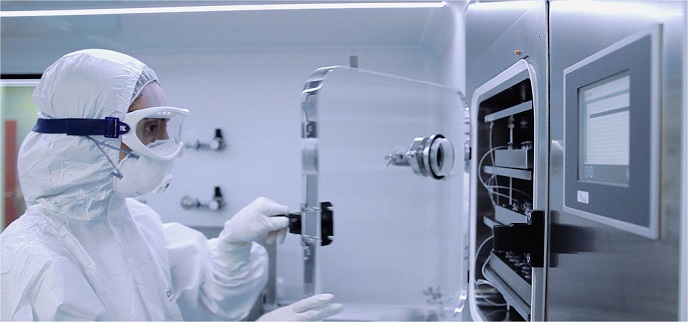Immune control for Hepatitis C
Hepatitis C is a blood-borne disease caused by HCV. Frequently, due to lack of serious symptoms, untreated chronic inflammation can develop into cirrhosis and cancer. An estimated 170 million people are infected by the virus worldwide. The aim of the PROTARVAC project was to develop effective vaccines against viruses like HIV and hepatitis C by developing novel epitopes that are not destroyed by cellular proteases. These antigenic determinants would then form the basis of preventive control. Properties of the hepatitis C virus together with host cell components can prevent the development of the normal cytotoxic T cell responses. The net effect of this situation is that the infected cells prevail and a chronic infection develops. Project partners at the University of Rome formulated a two-prong research attack on the virus. First, they investigated how the virus is able to circumvent the body's immune responses. Also, they endeavoured to stimulate the production of CD8+ cells that can induce a mature T cell response by cross-priming. Essentially, this involved the presentation of extracellular antigens to cytotoxic T cells thus preventing the infection by the virus. They found that the core protein from the virus inhibited the production of interleukin-2, responsible for the T cell immunological memory. This mechanism kicks into action due to the production of interleukin-10. This molecule then controls the formation of C8+ T cells that induce the death of viral infected cells. In the second strand of attack on the liver virus, the team investigated the mechanisms of cross-priming CD8+ T cells by antigen-presenting dendritic cells to give mature cytotoxic cells. This depends on contact between the two types of structure to give full CD8 immunity. The scientists found that the soluble antigens must be protected from the cell's endosome structures. These are membrane-bound structures that sort material for destruction by the lysosomes or pass it back to the cell membrane. The trials have therefore uncovered two potential strategies of provoking a full and mature immune response on HCV. As such, this may represent an effective means of control against this viral killer by preventing the silencing of patients' immune machinery.






